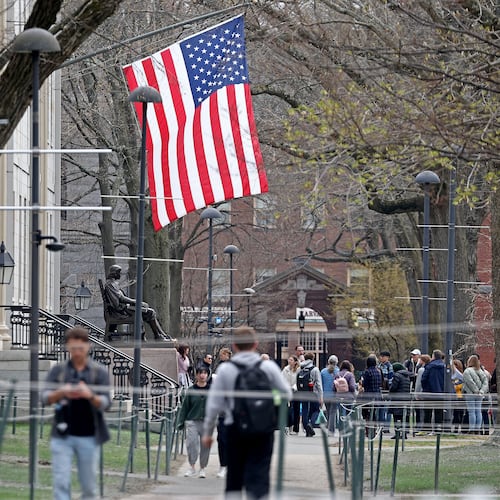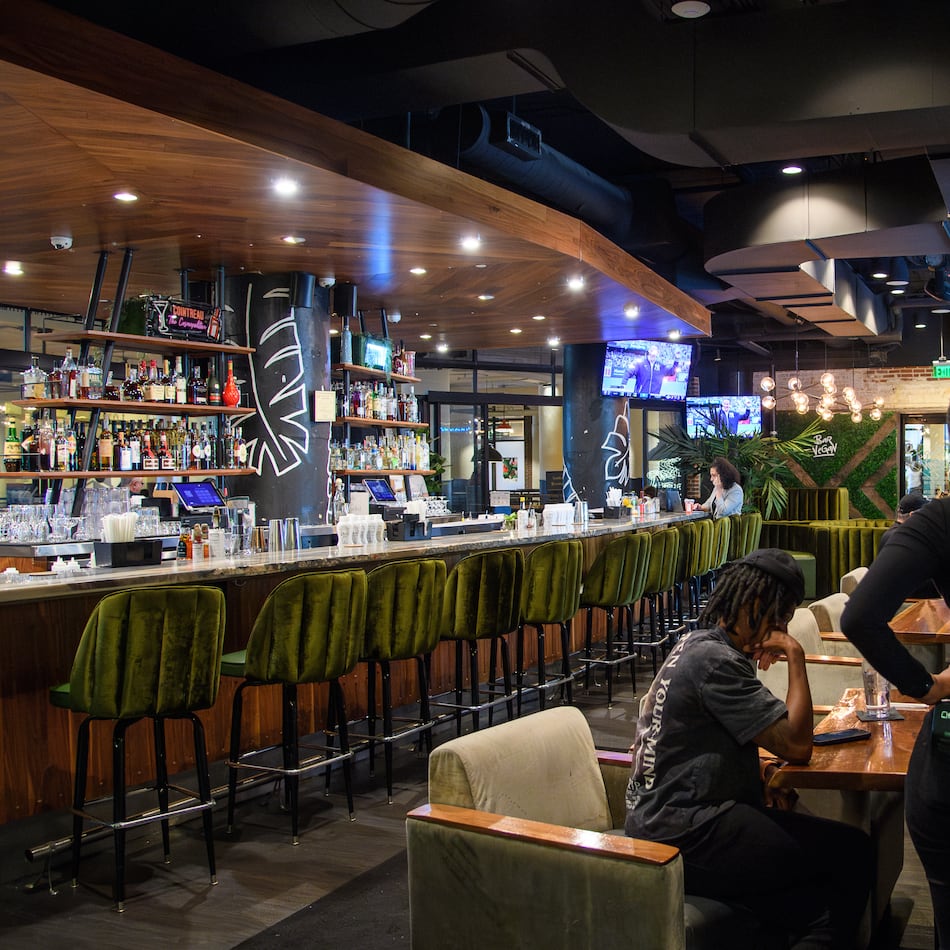Residents in some of the most polluted cities in the world have been startled by an unfamiliar atmospheric phenomenon: blue skies.
“I look at the sky quite often and enjoy its blueness from my balcony,” retired English professor Sudhir Kumar told the New York Times from his home in Delhi. “I don’t know how long this will last, but right now I feel much better.”
Across the world, coronavirus lockdowns, while severe in their human costs, are leading to ecological rejuvenation: Wild goats have been seen grazing in the deserted streets in a Welsh village. A kangaroo was spotted hopping through the streets of downtown Adelaide. In Hong Kong, a pair of pandas, relieved to finally have some privacy, conceived a baby.
To preserve some of the gains the natural world has made in our absence, economies will need to reopen as far greener engines than before.
In many countries around the world, the reboot could end up pushing forward the world’s green transition faster than before.
Late last year, this transition was already getting underway.
In December, the European Union unveiled what it called the European Green Deal – a plan by the EU’s 27 member states to achieve net carbon neutrality by 2050 by overhauling transportation, construction, agriculture and energy.
The coronavirus crisis could have derailed it.
Instead, a growing number of European leaders, led by German Chancellor Angela Merkel, are calling for this plan to be accelerated as part of the economic recovery.
Merkel has called for the EU’s coronavirus recovery fund to invest in “climate action,” an aim that has the support of Germany’s business community. More than 60 German companies — including iconic brands like Bayer, ThyssenKrupp and Puma — issued a joint statement calling for any stimulus they receive to be tied to a green transition.
Germany’s businesses aren’t alone.
Fifty leading European financial firms recently endorsed a recovery plan to retrofit buildings, electrify transportation systems and build renewable energy and storage. They also propose decarbonizing industrial facilities, scaling up local food production and boosting research into new technologies such as hydrogen energy and non-carbon air transport.
“Let us use the present challenge we are facing together as an opportunity for us all to put the environment at the core of a collective rebound,” read a statement from the Green Recovery Alliance, which includes the two largest insurance companies in Europe and several of the largest banks.
Even the International Monetary Fund — not always known for its forward-thinking approach to economic stimulus — is calling for recovery efforts to catalyze a green transition.
“A ‘green recovery’ is our bridge to a more resilient future,” IMF Managing Director Kristalina Georgieva said last month.
These tectonic technological shifts are driving public policy well beyond Europe.
The ruling Democratic party in South Korea won a landslide re-election last month on its own Green New Deal platform. The country now aims to reach zero carbon emissions by 2050, the first such pledge in East Asia.
The moves are being driven by shifting public opinion among Korea’s politically active citizenry, as they are in cities around the world. Over half of the global population lives in cities with dangerously poor air quality. In the last few months, billions have been able to breathe fresh air, many for the first time. Some researchers believe improved air quality due to lockdowns may have saved more lives than the quarantine itself.
No wonder 96 mayors from around the world have stated their intention to emerge their cities from the pandemic cleaner and greener than before. “We, as leaders of major cities across the globe, are clear that our ambition should not be a return to ‘normal,’” wrote the C-40 Cities coalition in a statement. “Our goal is to build a better, more sustainable, more resilient and fairer society out of the recovery from the COVID-19 crisis.”
Representing over 700 million people and one-quarter of the global economy, these local leaders are now sharing ideas on how to pivot toward urban transformation.
The easing of gridlock has allowed bold experiments that may persist after the lockdown.
Milan, for instance, has opened up 22 miles of streets for walking and cycling.
The mayor of Paris dedicated 300 million euros ($325 million USD) towards expanding cycling lanes.
And Bogata is permanently closing 75 miles of streets to car traffic.
“There is now a hell of a lot of collaboration among very powerful politicians who do think a green economic recovery is absolutely essential,” said Mark Watts, the chief executive of C-40. “We are talking about collectively creating funds…which would then support electric vehicles, support rollout of cycle lanes [and] support retrofitting of buildings.”
Will the world be a greener place as a result of the pandemic? It’s too early to say for certain, and not all the news has been promising.
But the pandemic has dramatically shifted our perspective on what kind of future is possible — a shift that is clearly reaching those who are in a position to shape that future.
In this respite from the daily din, we hear the promise of what might be.
Due to disease, emerging technology and dumb luck, a greener future may come sooner than expected.
Mitch Anderson is a writer for Reasons to be Cheerful, which is a non-profit editorial project that strives to be a tonic for tumultuous times.
Today’s stories are part of the SoJo Exchange of COVID-19 stories from the Solutions Journalism Network, a nonprofit organization dedicated to rigorous reporting about responses to social problems. By examining some innovative ideas unfolding around the globe, we hope we can provide some answers – and some inspiration – in Georgia’s fight against the coronavirus.
About the Author
Keep Reading
The Latest
Featured



